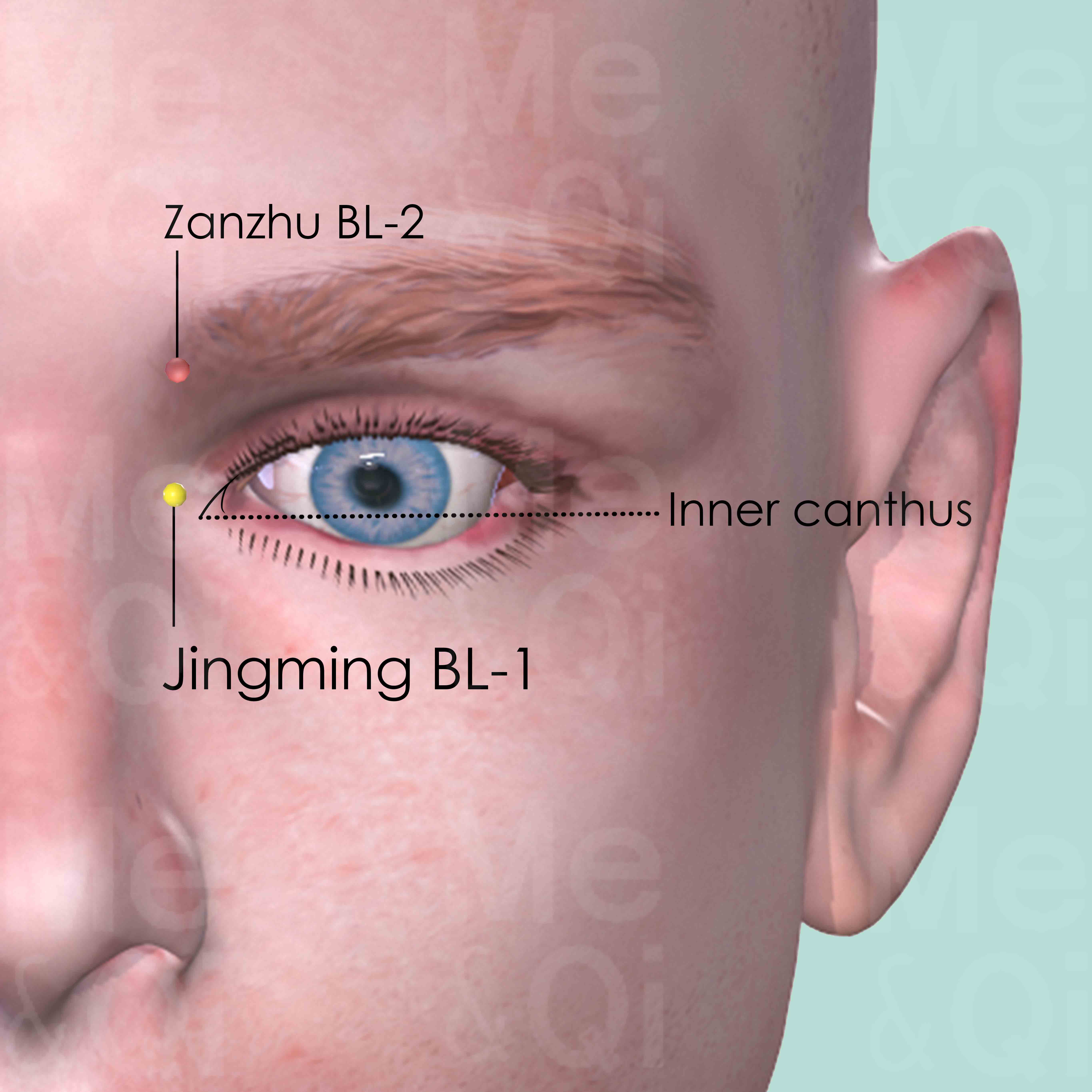Itchy Inner Corner Of The Eyeaccording to TCM
Symptom family: Eye Disorders and Symptoms
Parent symptom: Canthus Itching
What is Itchy Inner Corner of the Eye?
Itchy inner corner of the eye is a common ocular symptom characterized by irritation and discomfort in the inner corner, or medial canthus, of the eye. This condition can manifest as persistent itching, redness, and sometimes swelling in the affected area.
It is often a response to allergens, irritants, or infections, and can be associated with other eye symptoms like tearing or discharge. Understanding the cause of this itching is essential for proper treatment and relief.
How does TCM view Itchy Inner Corner of the Eye?
Traditional Chinese Medicine (TCM) offers a distinct perspective on itchy inner corner of the eye, differing from Western medicine. TCM considers such symptoms as indicators of underlying imbalances in the body’s Qi (vital energy), Blood, and Yin-Yang harmony.
According to TCM, itchy inner corners of the eyes may result from internal disharmonies such as Liver Heat, Wind-Heat invasion, or Dampness affecting the head and eyes. TCM practitioners focus on identifying and correcting these imbalances to alleviate the symptom and restore overall health.
Acupoints for Itchy Inner Corner Of The Eye
In TCM, acupuncture is a key modality for addressing symptoms like itchy inner corners of the eyes. Specific acupoints, such as Jingming BL-1 in the Bladder Channel, are targeted for their effectiveness in treating this condition.
Located just superior and medial to the inner canthus, Jingming BL-1 is known for its actions in expelling Wind, clearing Heat, and benefiting the eyes. Stimulating this acupoint can help alleviate the itching and address the underlying imbalances, reflecting TCM's holistic approach to treating ocular discomfort.
See more details below about Jingming BL-1, an acupoint used to address itchy inner corner of the eye.
- By Meridian
- Bladder Channel

